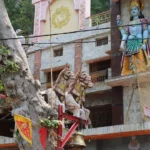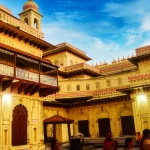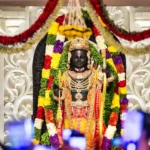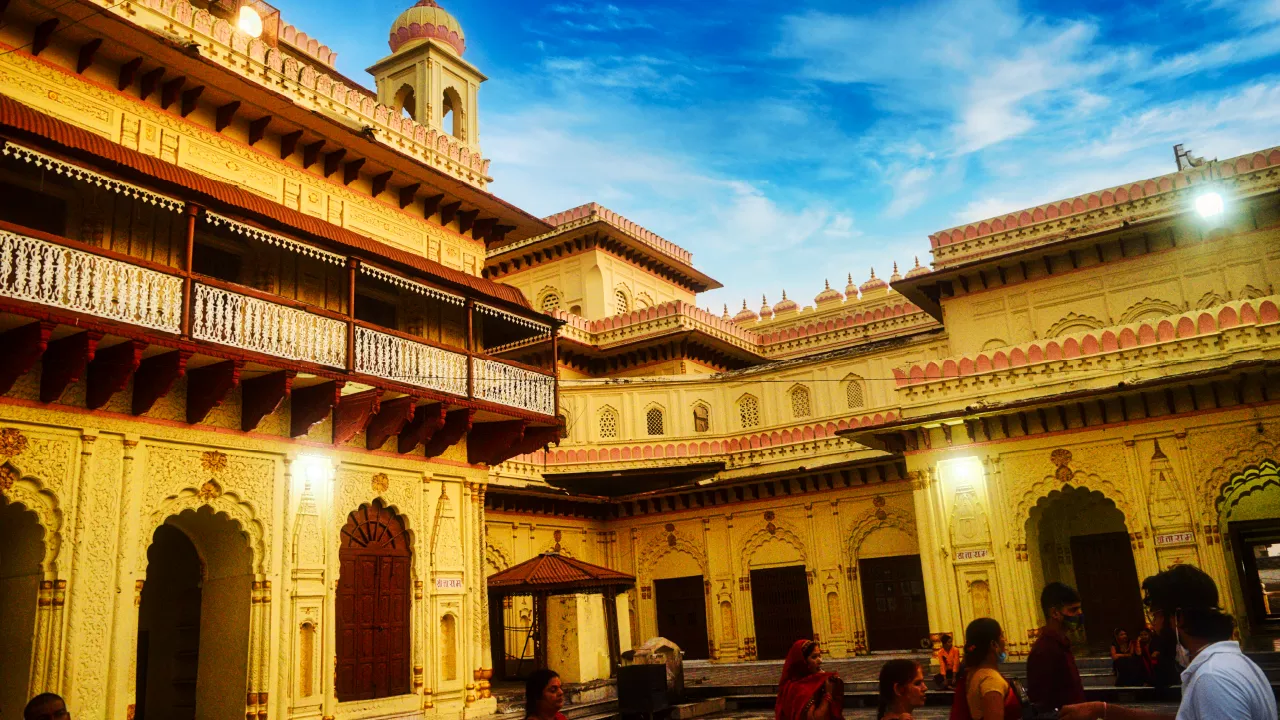Cultural and Social Significance
The construction of the Ayodhya Ram Mandir, or Ayodhya Ji Ka Mandir, extends beyond religious boundaries, symbolizing a new era of cultural integration and social harmony in India. The temple is not just a sacred site for pilgrims; it represents a collective identity and shared heritage that transcends religious lines.
The temple’s construction is expected to transform Ayodhya into a major cultural and religious hub, boosting tourism and economic growth in the region. It’s anticipated to attract millions of devotees and tourists from around the world, contributing significantly to the local economy and creating new job opportunities.
Moreover, the temple stands as a symbol of unity and reconciliation, healing the wounds of past conflicts and paving the way for a future where diverse cultural and religious beliefs coexist in harmony. It embodies the spirit of India’s secular fabric and the respect for different faiths.
Future Prospects of Ayodhya Ji Ka Mandir
The prospects of Ayodhya Ji Ka Mandir are intertwined with both cultural significance and socio-economic development. The temple, slated for completion and inauguration in 2024, is expected to become a beacon for religious and cultural tourism, drawing visitors not only from across India but from around the world.

This influx of tourists is anticipated to stimulate economic growth in Ayodhya, leading to enhanced infrastructure, increased employment opportunities, and a boost in local businesses and services.
Furthermore, the temple’s completion is poised to mark a new chapter in Ayodhya’s history, transitioning from a disputed site to a symbol of communal harmony and religious pride. The temple’s presence is expected to elevate Ayodhya’s status as a major pilgrimage and cultural destination, showcasing India’s rich religious heritage and architectural grandeur.
The anticipated opening of Ayodhya Ram Mandir also signifies a milestone in India’s journey of religious tolerance and unity. It symbolizes the resolution of a historical dispute, setting a precedent for peaceful coexistence and mutual respect among diverse religious communities.
The temple’s establishment is seen not just in the context of religious devotion but as a step towards national integration and cultural cohesion.



























